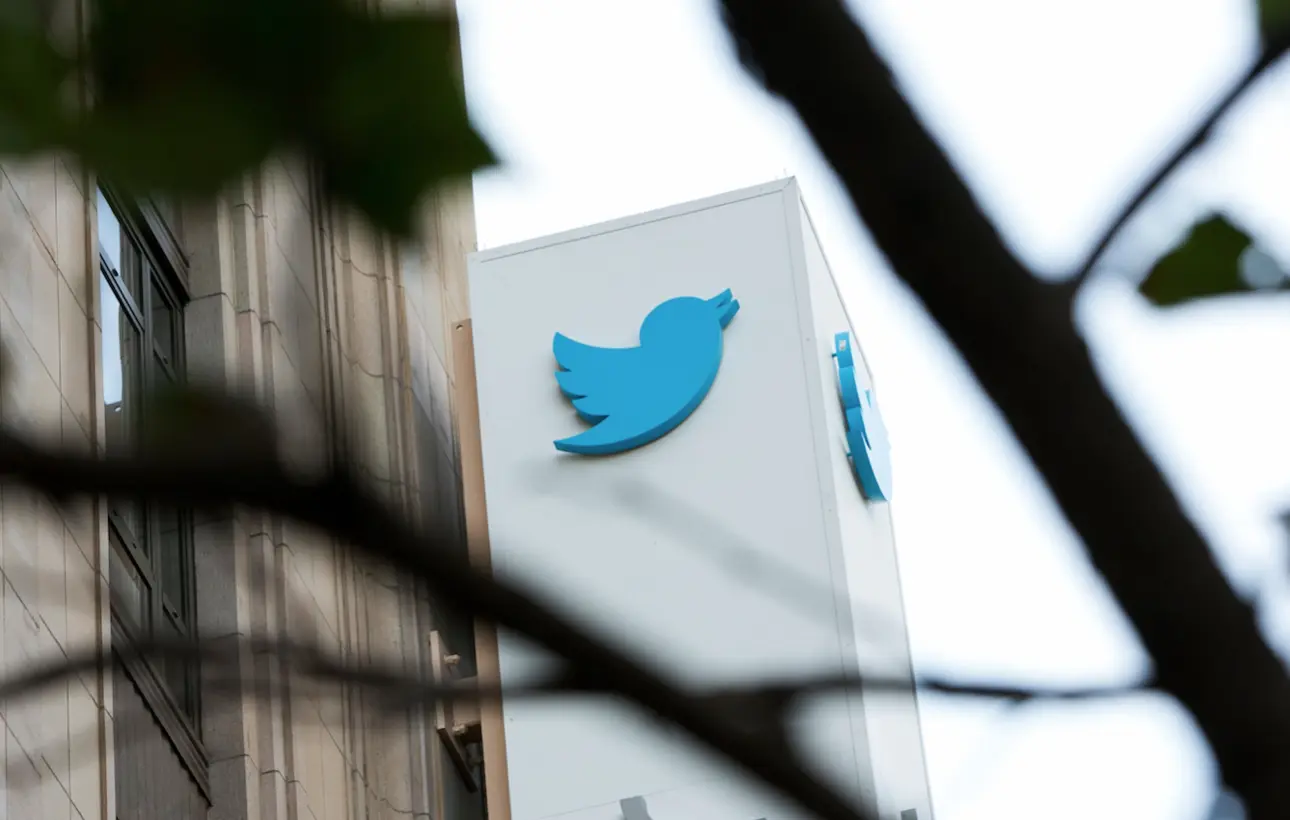
Earlier this week, Twitter started rolling out a secondary checkmark to distinguish between users who had paid for Twitter Blue and official, genuine companies. During this busy week, Twitter has made a lot of changes, including rolling out Twitter Blue to all users, enabling verification for everyone who is willing to pay.
Twitter also started rolling out a secondary grey verification checkmark, which seemed to be for all users who had previously been verified using the old system.
Notable brands, media outlets and YouTubers were given the grey checkmark, but was removed pretty soon after it was rolled out. Elon said in a reply to Marques Brownlee that he had “killed it.” However, digging into Twitter’s help centre articles, what has actually happened is that the grey checkmarks was temporally been paused and when it is brought back, it would be rolled out to “government and commercial entities” first before anyone or anything else.
Starting today, Twitter has resumed rolling out the grey checkmarks to notable brands and media outlets such as Twitter Support, The New York Times, The Wall Street Journal, Bloomberg and Wired.
The grey checkmark will help users on Twitter differentiate between users who have paid for Twitter Blue and people who are actually verified. This is pretty ironic, as the original verification system was designed to do exactly this.
To combat impersonation, we’ve added an “Official” label to some accounts.
— Twitter Support (@TwitterSupport) November 11, 2022
Since Twitter Blue was launched, multiple accounts were made, with blue checkmarks that impersonated real brands, celebrities and government officials. Notable so far, is Nintendo of America posting a picture of Mario showing a middle finger – which was a completely fake account.
As of writing, any accounts made on or after 9th November 2022 will not be able to sign up for Twitter Blue. Any accounts designed to be a parody, will need to have the word “parody” in their bio and the name of the account.





